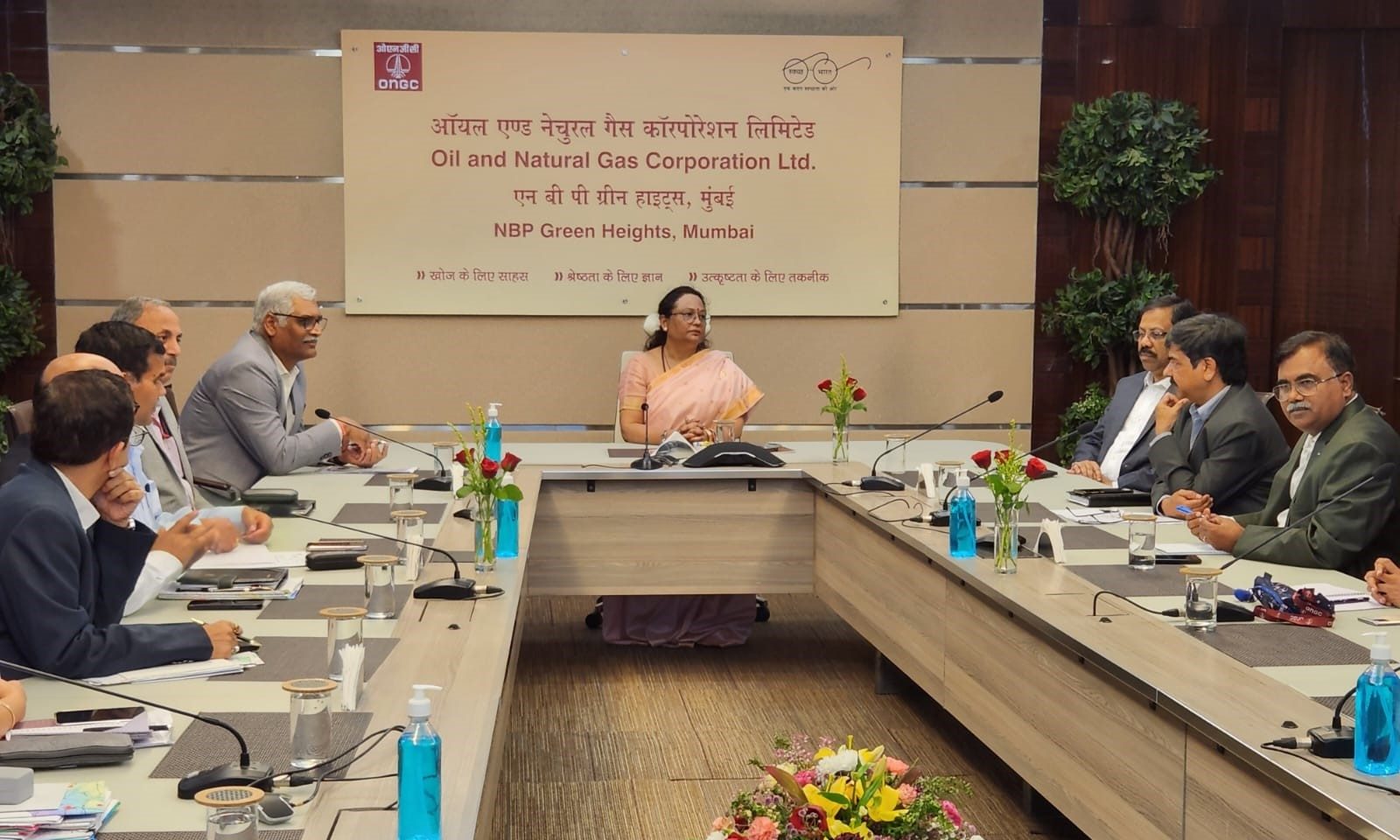Two oil and gas discoveries were announced in India, which are currently being evaluated in detail, in preparation for announcing the size of their reserves.
The two discoveries were made by the state-owned oil and natural gas company ONGC, following the development of the blocks granted through the open space licensing policy, and the utilization of untapped resources in these blocks, according to a statement posted on the company’s website.
Although the two discoveries enhance New Delhi’s domestic energy security, they constituted a source of concern for Russia, which has taken Asian countries – led by India and China – as a new destination for its fossil fuel exports, after Europe closed its doors to it, according to the specialized energy platform.
Details of the two discoveries
Two oil and gas discoveries in India were made via development plans under the cover of the first and third rounds of the Open Space Permit Policy, and ONGC announced only the site details without disclosing the reserves.
The company was able to monitor exploratory wells in the “MB-OSHP – 1/2017” block, in the offshore Mumbai area overlooking the Arabian Sea, which is part of the Indian Ocean.
She said that the region witnessed two oil and gas discoveries in India that are classified as “major discoveries”.
The open space licensing policy was introduced for the first time in the country in 2017, as part of attempts to attract oil and gas companies to develop exploration and exploration operations in India.
Russian concern
During the past fiscal year (2022-2023), New Delhi relied on an import volume of 4.67 million barrels per day to meet 87% of demand, and also imported quantities of gas to meet a domestic consumption volume of 60.3 billion cubic meters.
The announcement of the two new discoveries in Amrit and Monga today will boost domestic production and reduce dependence on imports in India.
For her part, Director of Exploration at ONGC, Sushma Rawat, said that reaching two oil and gas discoveries in India – as part of the development processes in the first and third rounds of the “Open Space Licensing Policy” – enhances local energy security and revives reserves.
India was a fertile market for Russian oil shipments, as New Delhi focused its efforts on intensifying purchases, and local suppliers benefited from lower prices for Moscow’s crudes, and European buyers were reluctant to buy them.
Given that India and China were the two most important outlets for Russian energy exports, the domestic production of oil and gas in India may help reduce the pace of purchase and dependence on imports.
The chart below – prepared by the specialized energy platform – shows the evolution of the volume of oil consumption in India from 2019 until last year 2022:

Previous achievements
The Director of Offshore Investments of the Indian Oil and Natural Gas Company (ONGC), Pankaj Kumar, confirmed that his company has allocated $3.5 billion to invest in western offshore field projects, in a way that enhances the country’s production value by benefiting from the development of old fields.
The Amrit and Monga squares were not the first two oil and gas discoveries in India to be adopted by the “NGC” company, as it started during the current year (2023) production from Western Offshore 16 squares, using the “Sagar Samrat” mobile unit as an offshore drilling platform.
Western Offshore 16 blocks consist of 4 fields with a water depth of up to 80 meters in the Arabian Sea, and in addition to that, it produced 200,000 cubic meters per day of natural gas from one of the block wells, which is likely to contain resources estimated at about 2.1 billion cubic meters.
Specifically, ONGC owns 3 assets off the western coast, namely: (Upper Mumbai, Hera and Neelam, Bassin and Satellite), and the company announced – last March – the start of cooperation with the French company Total Energy, to start exploration operations in Indian deep waters, according to Offshore Technology.
Oil and gas production in India
ONGC is counting on the contribution of the two new oil and gas discoveries in India in the Amrit and Monga blocks to support the country’s production plans, as data from the Ministry of Oil revealed that the Asian country produced 586,000 barrels per day of crude oil and condensate during the past fiscal year.
(The fiscal year in India begins in April of each year and ends in March of the following year)
The chart below – prepared by the specialized energy platform – reveals the extent of India’s dependence on oil imports from Russia from March 2020 until the same month in 2023:

It was planned for production levels of up to 641,000 barrels per day, but the actual production decreased from the targets for the fiscal year (2022-2023) by about 9%, according to the Argus Media platform concerned with energy affairs.
As for the production of natural gas in India, it was recorded during the fiscal year ending in March 2023, approximately 34 billion cubic meters, an increase from the previous year by about 2%.
Of Indian production, ONGC contributed about 390,000 bpd of crude and condensate, down from its announced target of 424,000 bpd.
Also read..

Leave a Reply